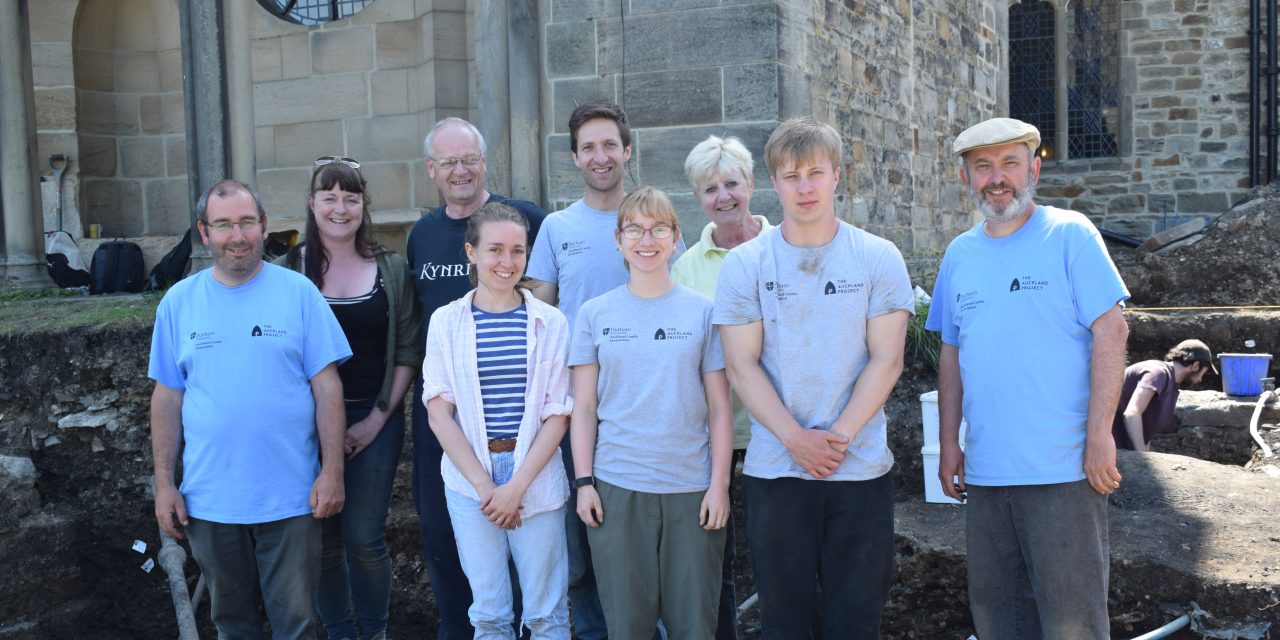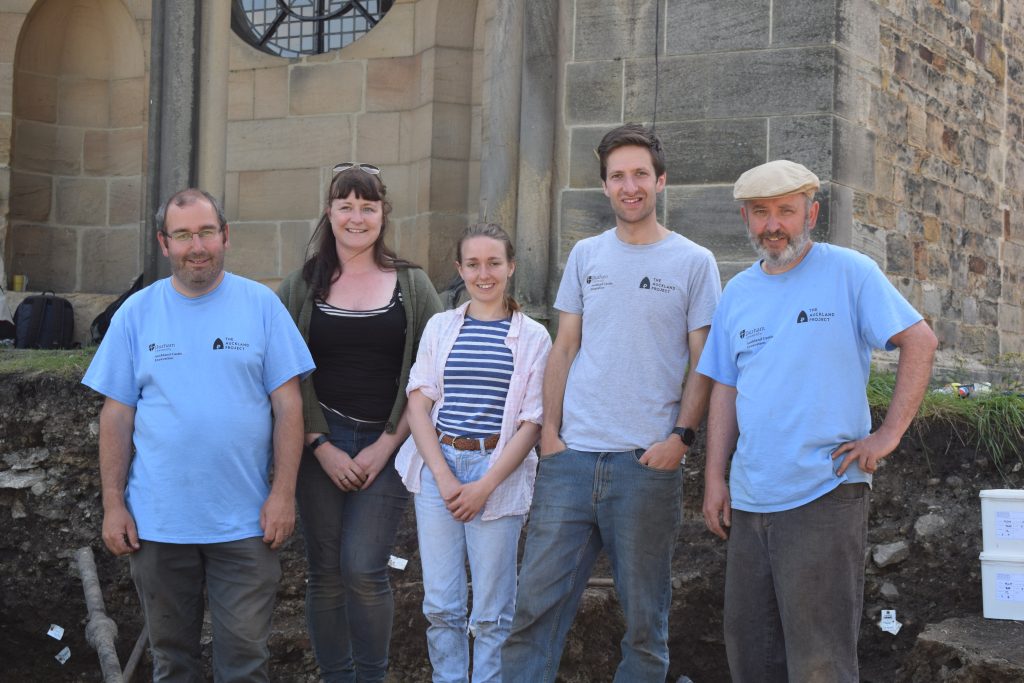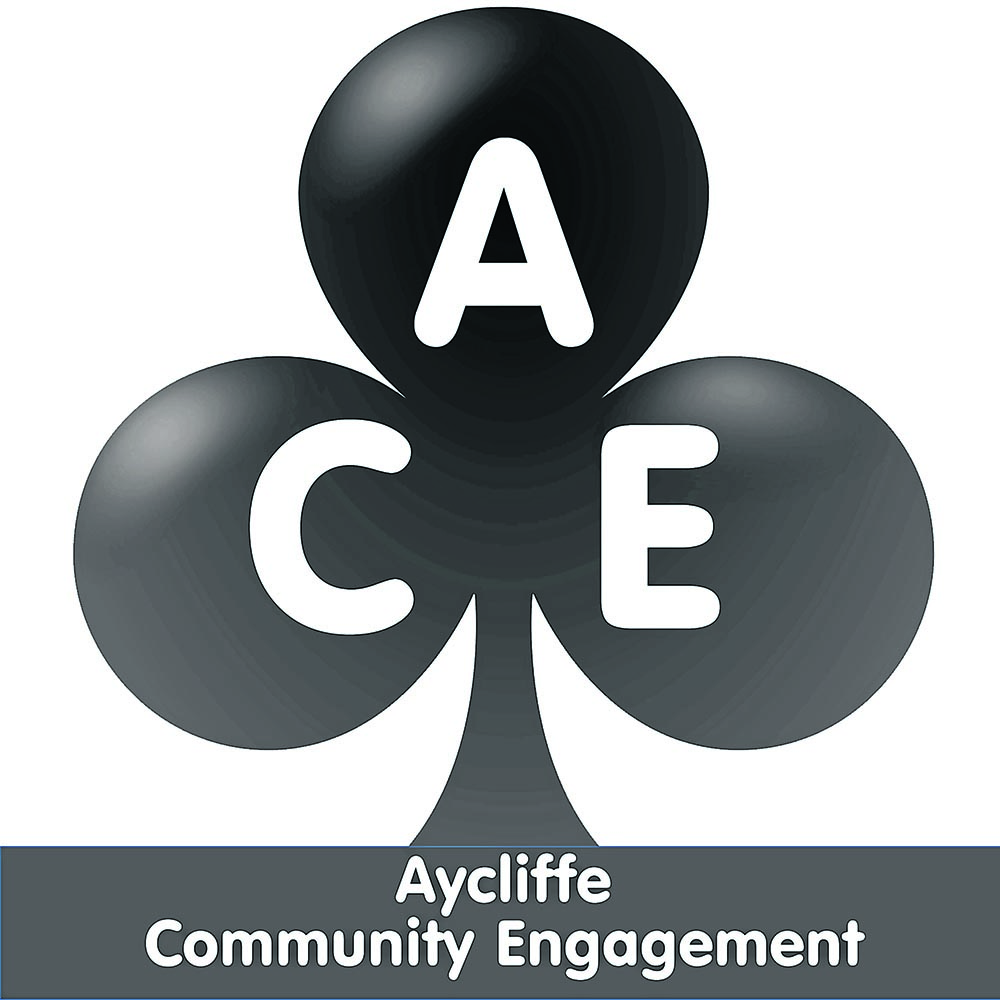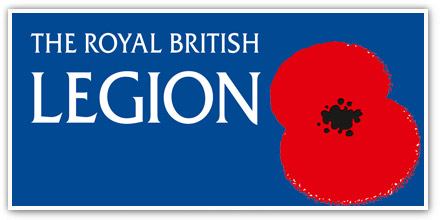New archaeological discoveries at a County Durham castle have opened a window into the lives of some of the country’s most powerful men, from the food they ate to where they went to the toilet.
Centuries ago the Prince Bishops of Durham were considered second only to the king, with the authority to raise an army and mint their own coins.
Now, students and archaeologists from Durham University have uncovered more about their lifestyle in a dig at one of their most important homes, Auckland Castle, Bishop Auckland.
Working alongside staff and volunteers from regional charity, The Auckland Project, which owns the Castle, they excavated an area to the north of the site’s St Peter’s Chapel, which previously served as the Castle’s Great Hall.
There, they found evidence of medieval meat and fish, ingredients likely to have been sourced from the local area, and served on the menu at grand feasts in the banqueting hall for the Bishops and their guests.
The animal and fish bones were unearthed in a medieval rubbish dump, exactly where they would have been thrown centuries ago by those working in the Castle’s kitchens.
Pieces of cutlery and crockery, used to impress guests at the dining tables in the Great Hall, were also discovered, including an exquisite 17th century carved bone knife handle, a 13th or 14th century enamelled object from France and fragments of delicately moulded European glass goblets.
These finds highlight the lavish feasts once held at Auckland Castle, which the Bishops used as a countryside retreat, for hunting, dining and receiving guests.
Staff and students from Durham University will now continue with scientific research of soil samples taken from the dig to learn more about the types and origins of animals, fish and plants eaten by the Bishops and their household.
John Castling, Archaeology and Social History Curator at The Auckland Project, said: “The deposits we have excavated have provided a fascinating window into the lifestyles of the Bishops’ household.
“It also tells us about the way the wider landscape around the Castle must have been managed to provide this meat, fish and other resources to serve at the Great Hall’s dining tables.
“We’re really pleased to be able to work with specialists from Durham University, whose expertise has, and will continue to be, vital in helping us to pick apart the archaeological and scientific evidence for how this incredible site functioned in the medieval period.”
Structural excavations at the site have also revealed the remains of a parlour and a medieval latrine, or ‘garderobe’, which is likely to have been used by the Bishop of the time, as well as the impressive size and scale of the Castle’s walls.
Archaeologists discovered that at one point the Castle’s surrounding curtain wall was an imposing two-and-half metres wide and more than seven metres tall, a hugely imposing structure designed to emphasis the great power of the Prince Bishops.
Remains of a block of stairs were excavated, originally built to give access to the top of the wall, where the Bishop, who ruled from the Tyne to the Tees, could stand and survey his Deer Park, the River Wear and the land beyond.
Surrounding the wall was evidence of repairs and buttresses, constructed to stop its descent as it began to slide down the hill during the medieval period.
However, archaeologists believe that by the late 17th century the wall was pulled down, meaning that there was a clear view of Great Hall, by then transformed and consecrated as St Peter’s Chapel, making it visible from afar.
Professor Chris Gerrard from Durham University’s Archaeology Department has led on the project, which is part of an annual programme of excavations in partnership with The Auckland Project.
He said: “Working with both local volunteers from The Auckland Project and Durham University students has been a revelation.
“Together we have uncovered structures we never knew existed and found objects, some of them museum pieces, which have been under the ground for hundreds of years.
“Every year we add more pieces to the puzzle and learn a little more. We are already looking forward to coming back again next year.”
The excavation took place as Auckland Castle undergoes a multi-million pound programme of conservation to return the property to its former, Georgian Gothic splendour, ahead of its opening the public as part of The Auckland Project later this year.
On 19 September, Jamie Armstrong and Caroline Smith from Durham University’s Archaeology Department will be giving a special talk about the excavation and the discoveries made. The event will open at 6.30pm, with the talk beginning at 7pm, at Auckland Tower, Bishop Auckland Market Place, tickets are £5 and include a hot drink. To book visit aucklandproject.org, call 01388 743 797 or email bookings@aucklandproject.org. For more information visit, aucklandproject.org/whats-on/talks-at-the-tower-north-terrace-dig/
And for more information on archaeological discoveries made at Auckland Castle to date, visit the Durham University Auckland Castle Excavation blog at, duaceblog.wixsite.com/2019 Some of the finds from previous digs at Auckland Castle are on show on the first floor of Auckland Tower, Bishop Auckland Market Place, offering an insight into how the building has changed and grown over the centuries.
Archaeologists and volunteers from The Auckland Project are now moving to their next excavation at Binchester Roman Fort. The dig, which runs throughout July and August, will uncover research to add to the growing knowledge of the fascinating history of Bishop Auckland. For more information visit, aucklandproject.org/whats-on
To stay up to date with The Auckland project visit, aucklandproject.org, sign up to The Auckland Project’s monthly newsletter or follow The Auckland Project on social media.












